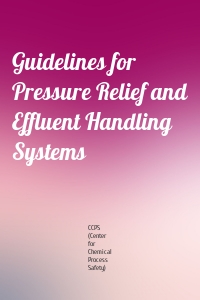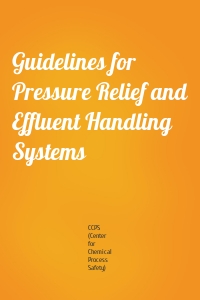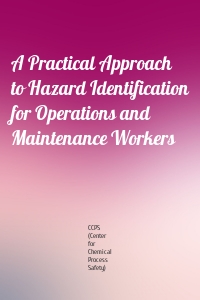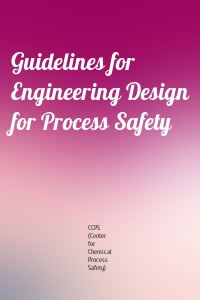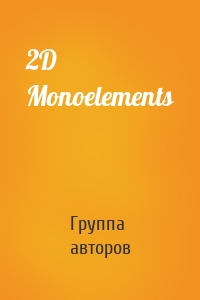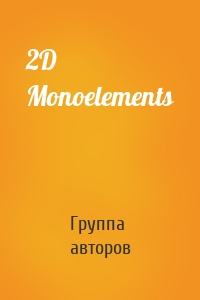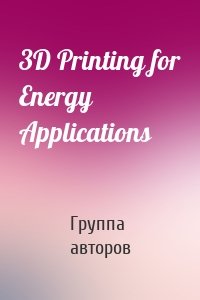
Guidelines for Postrelease Mitigation Technology in the Chemical Process Industry скачать fb2
Фрагмент книги
1
скачали
0
прочитали
0
впечатлений
CCPS (Center for Chemical Process Safety) - Guidelines for Postrelease Mitigation Technology in the Chemical Process Industry краткое содержание
Читать книгу онлайн Guidelines for Postrelease Mitigation Technology in the Chemical Process Industry - автор CCPS (Center for Chemical Process Safety) или скачать бесплатно и без регистрации в формате fb2. Роман написан в году, в жанре . Читаемые, полные версии книг, без сокращений, на сайте - библиотека бесплатных книг Knigism.online. Вы можете скачать издание полностью и открыть в любой читалке, на свой телефон или айфон, а также читать произведение без интернета.
Скачать книгу «Guidelines for Postrelease Mitigation Technology in the Chemical Process Industry» CCPS (Center for Chemical Process Safety)
Чтобы оставить свою оценку и/или комментарий, Вам нужно войти под своей учетной записью или зарегистрироваться
